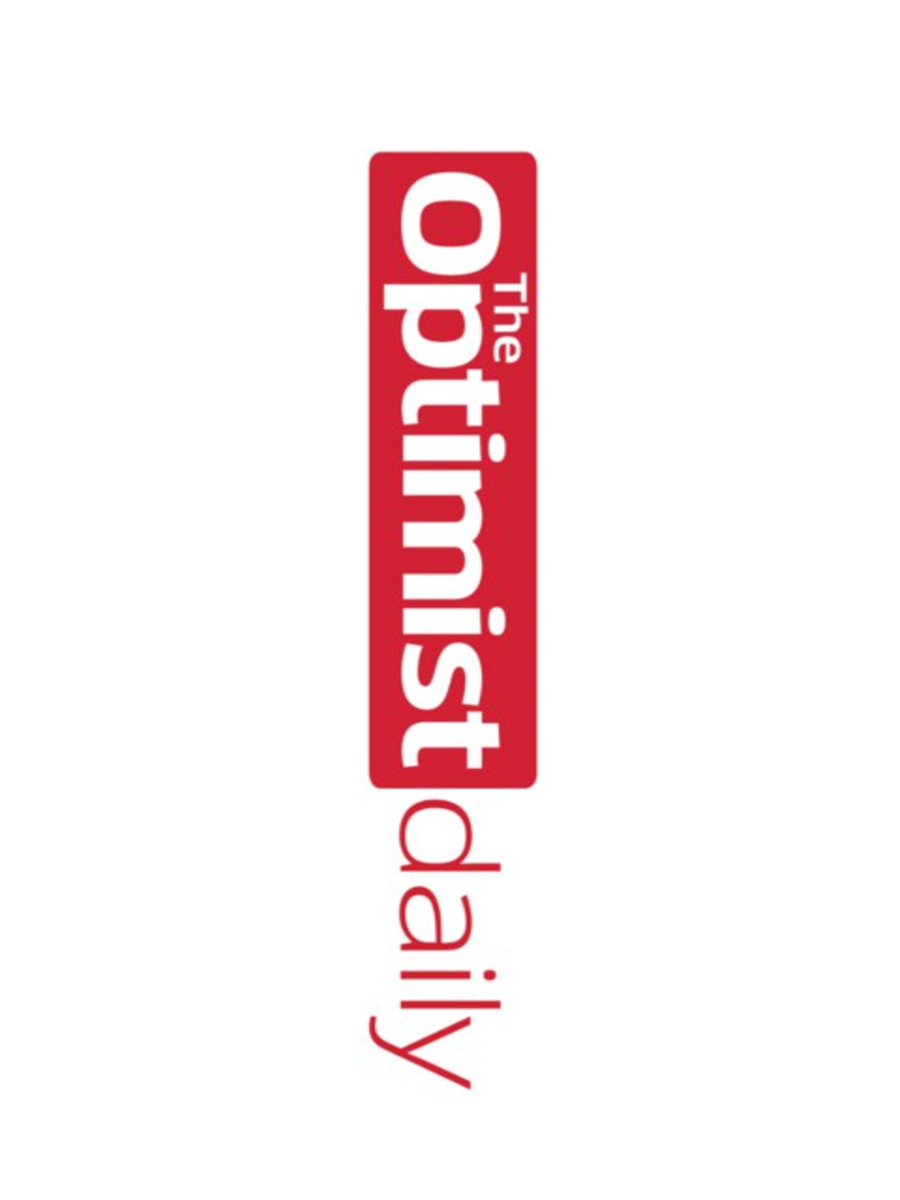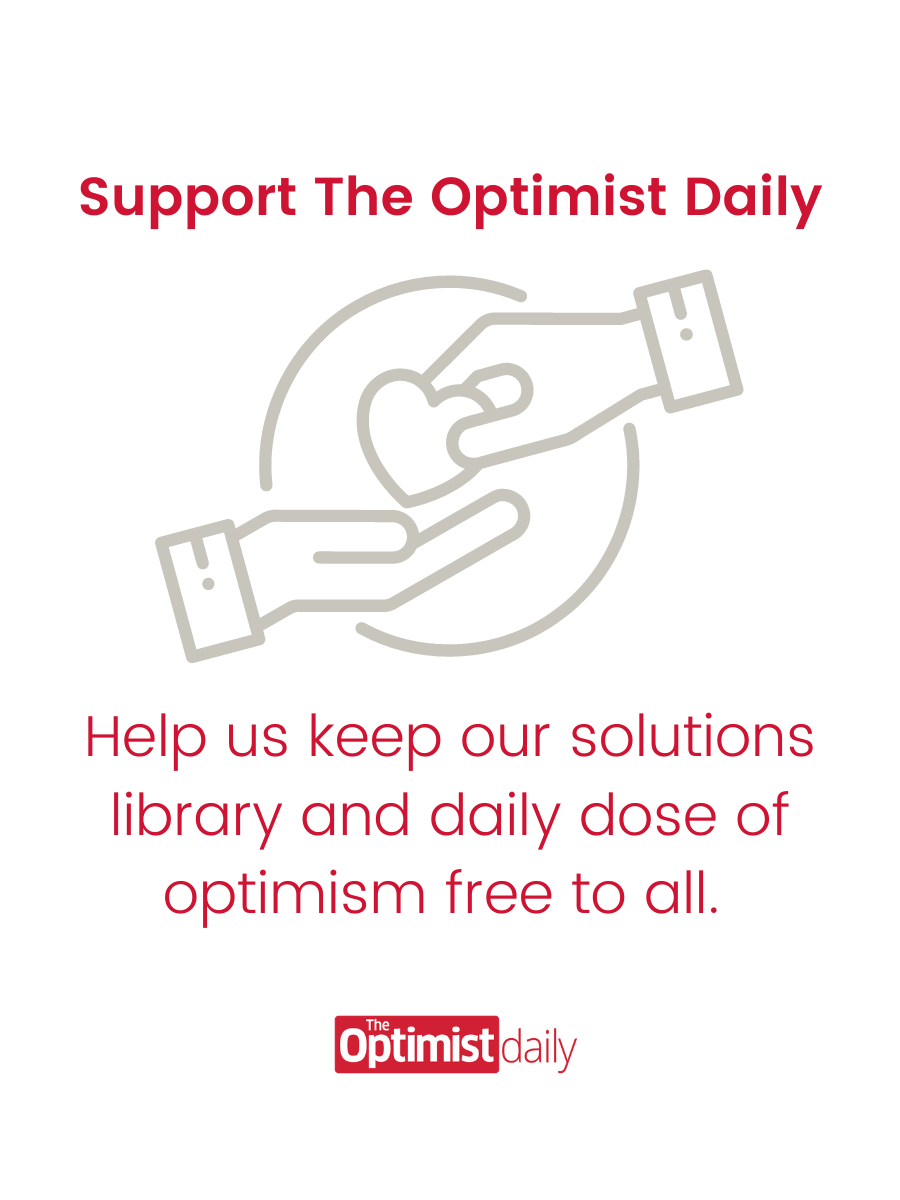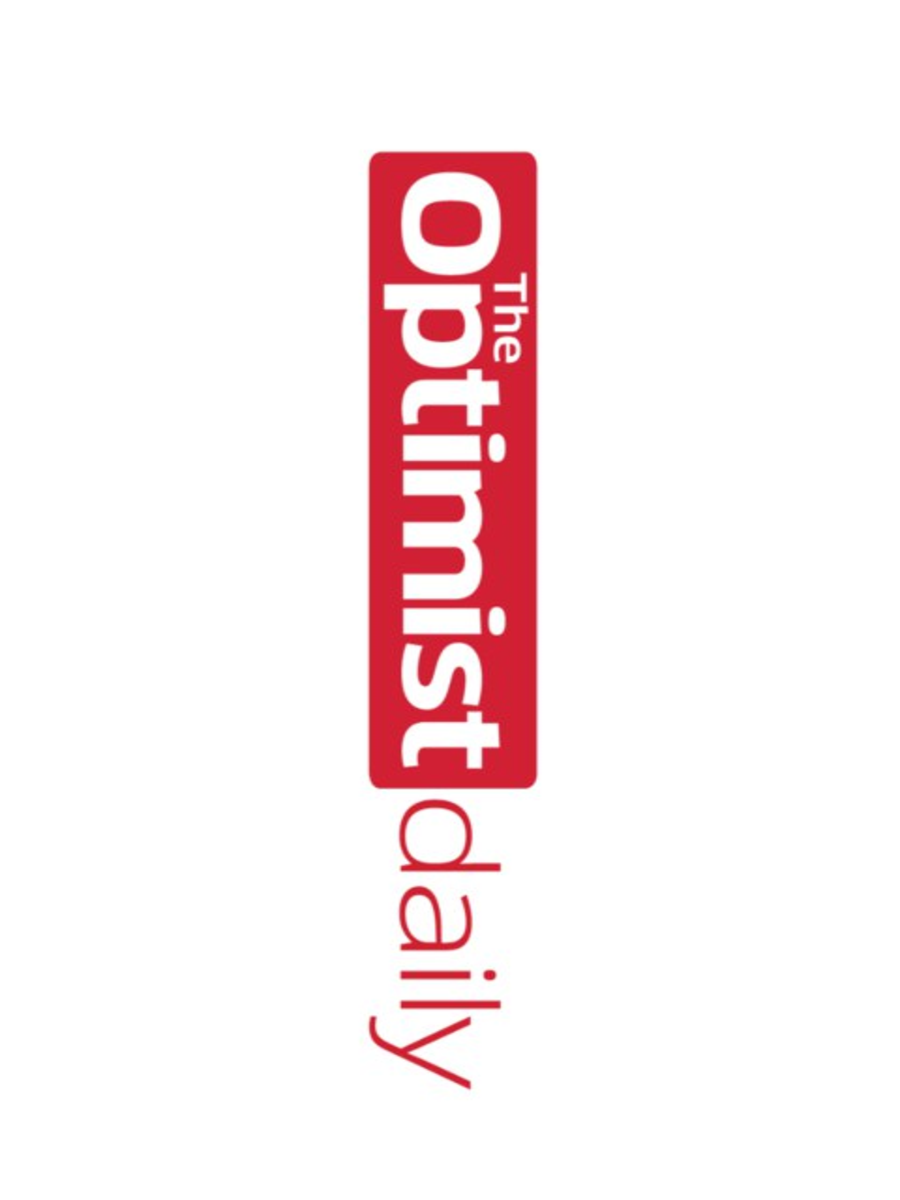In the summer of 2019, we published a story about a rooftop urban farm being constructed in Paris that was set to be the biggest in the world. Now, nearly a year later, the world’s largest urban rooftop farm has started to bear fruit. Strawberries, to be precise: small, intensely flavored and resplendently red.
They sprout abundantly from cream-colored plastic columns. Pluck one out to peer inside and you see the columns are completely hollow, the roots of dozens of strawberry plants dangling into thin air.
From identical vertical columns nearby burst row upon row of lettuces; near those are aromatic basil, sage and peppermint. Opposite, in narrow, horizontal trays packed not with soil but coco coir (coconut fibre), grow heirloom and cherry tomatoes, shiny aubergines and brightly colored chards.
“It is,” says Pascal Hardy, surveying his domain, “a clean, productive and sustainable model of agriculture that can in time make a real contribution to the resilience – social, economic and also environmental – of the kind of big cities where most of humanity now lives. And look: it really works.”
Hardy, an engineer and sustainable development consultant, began experimenting with vertical farming and aeroponic growing towers – as those soil-free plastic columns are known – on his Paris apartment block roof five years ago. This space is somewhat bigger: 14,000 sq meter, the size (almost exactly) of two football fields. Coronavirus delayed its opening by a couple of months, but Nature Urbaine, as the operation is called, is now up and running, and has planted roughly a third of the available space.
Already, the team of young urban farmers who tend it have picked, in one day, 3,000 lettuces and 150 small baskets of strawberries. When the remaining two-thirds of the vast rooftop are in production, 20 staff will harvest up to 1,000kg of perhaps 35 different varieties of fruit and vegetables, every day. And that food is being used to supply local residents, who can order fruit and veg boxes online.
Folks, this is what the future of food can look like in cities: hyperlocal, sustainable, pesticide-free, and operated by the community. We approve!












